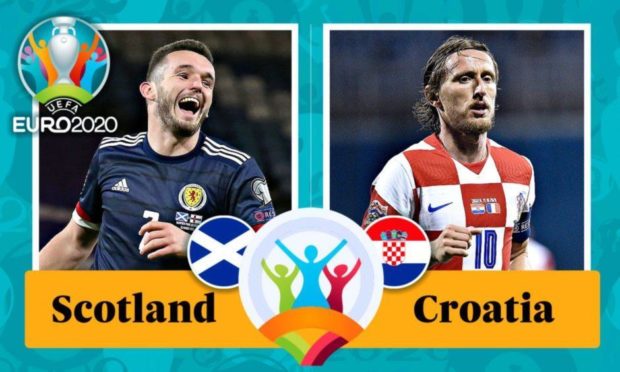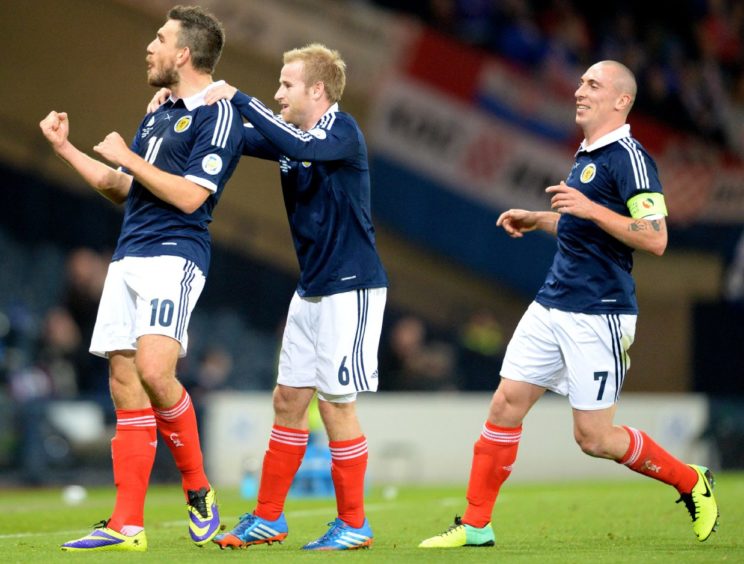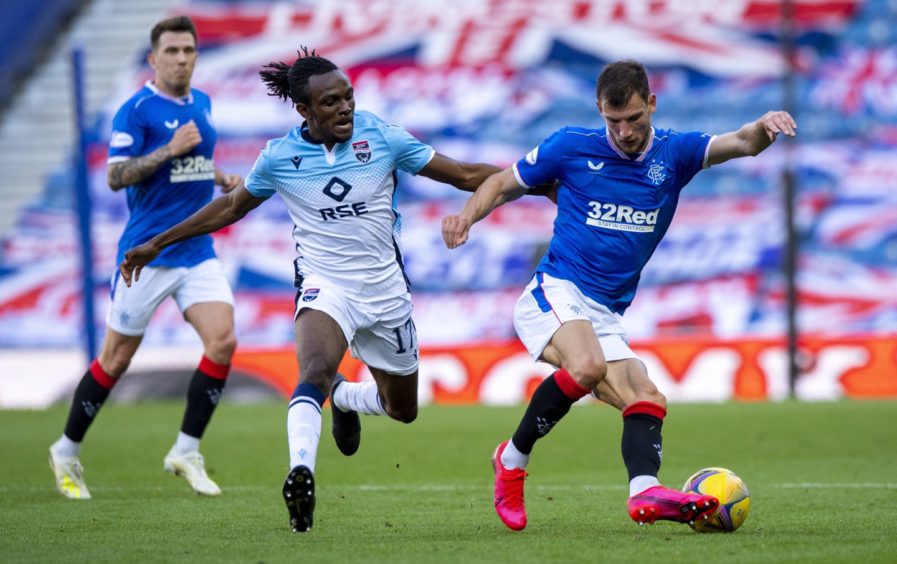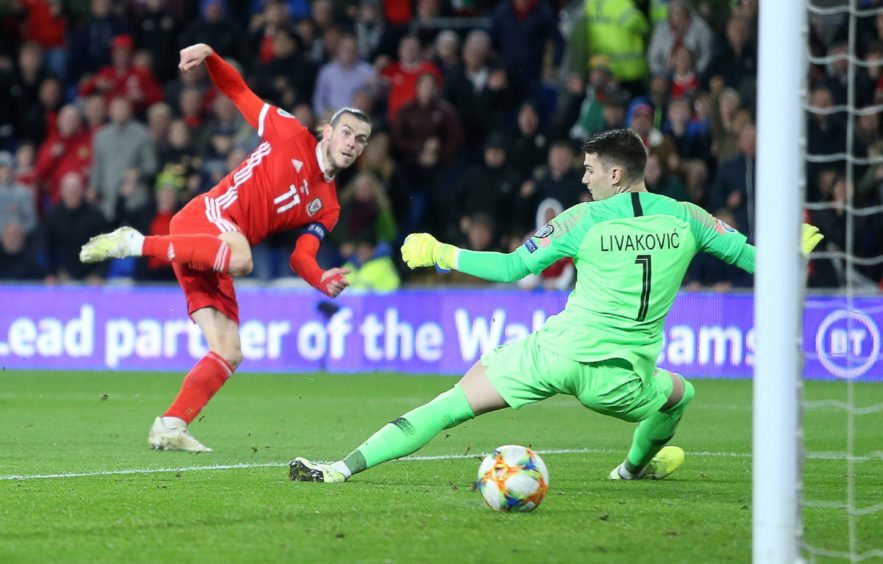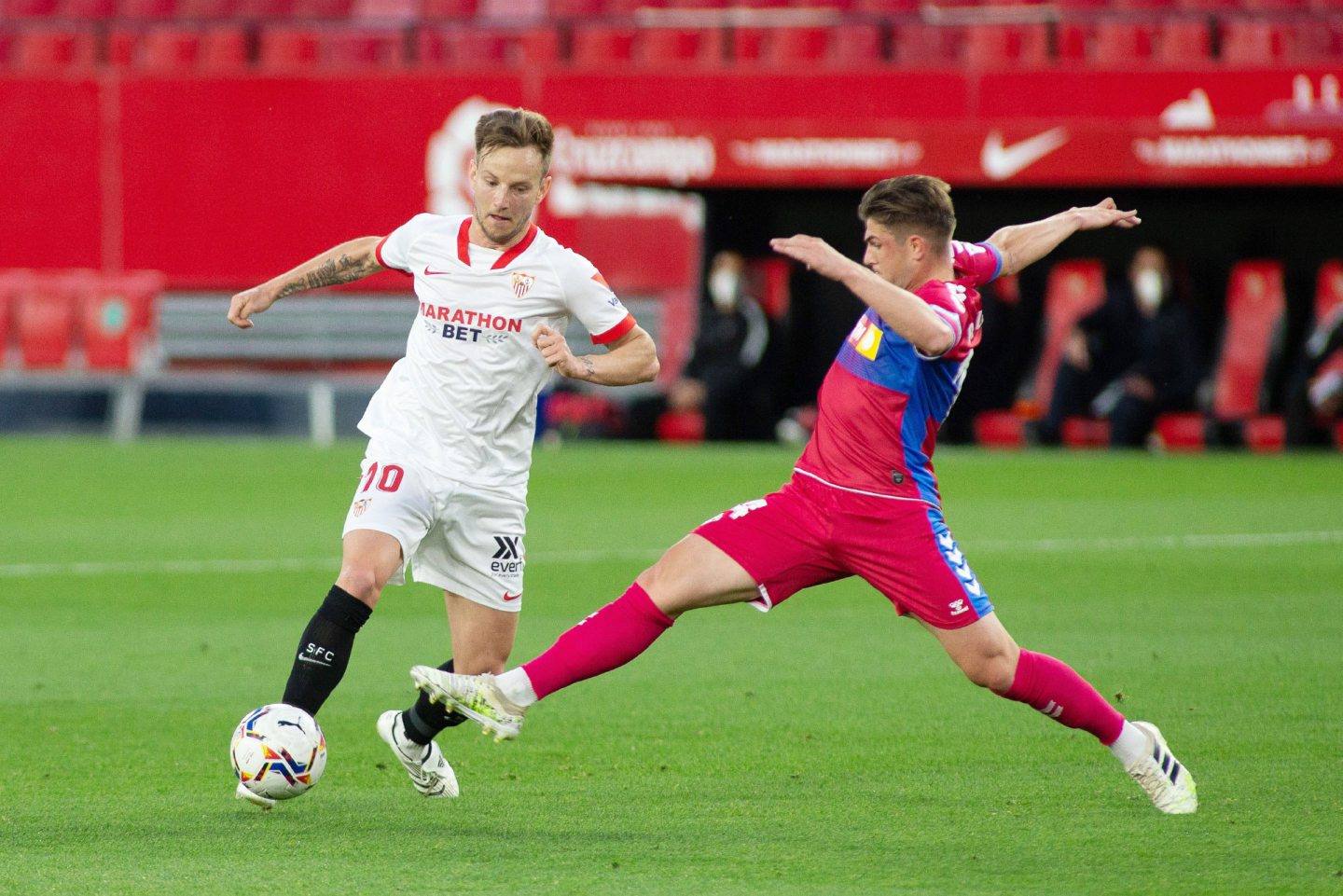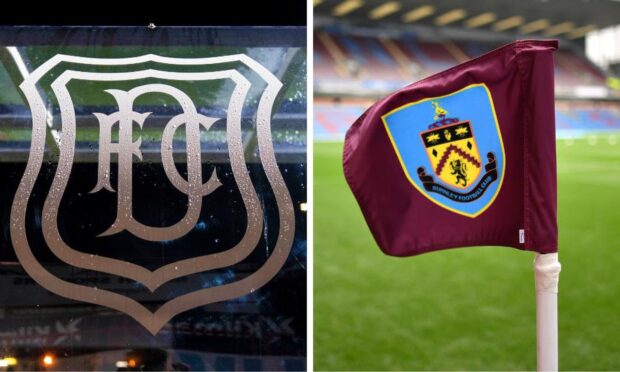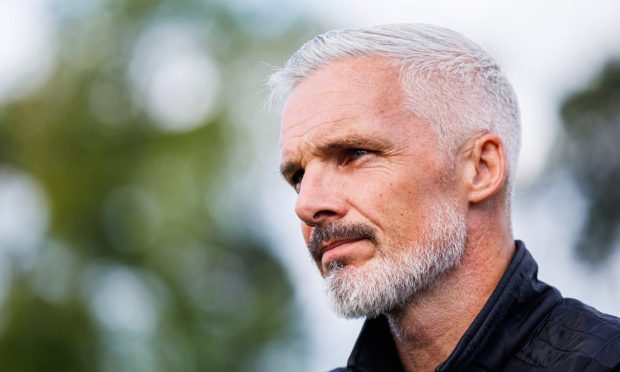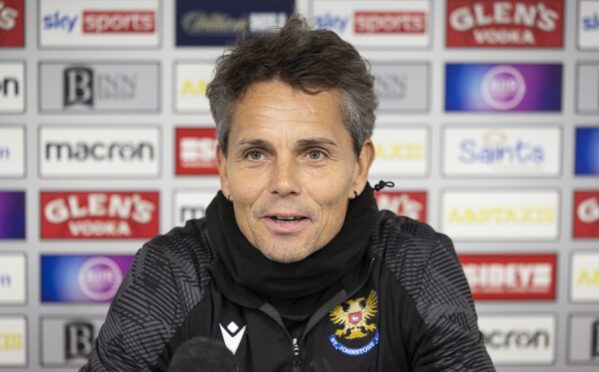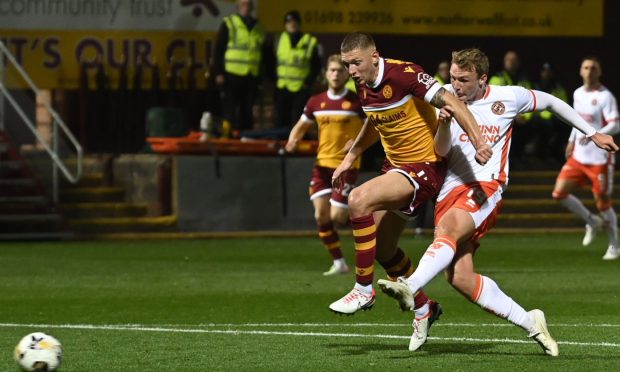Croatia have never beaten Scotland in five attempts.
The sides played out three successive draws before Scotland claimed two wins in a row during qualifying for the 2014 World Cup.
That campaign did not end happily for the Dark Blues, with Gordon Strachan’s men falling short while Croatia put those defeats aside to book their place in Brazil.
Here, we take a closer look at Scotland’s final Euro 2020 Group D opponents.
When do Scotland play Croatia and where can I watch?
Steve Clarke’s men take on the Croats in their final Group D match on Tuesday June 22 (8pm). The match will be shown live on ITV4.
The group’s other match that night, Czech Republic v England, kicks off at the same time on ITV.
What’s Croatia’s squad like?
The 2018 World Cup finalists are more than just Luka Modric.
Sure, the 35-year-old Ballon d’Or winner is still their most important player, but the supporting cast is formidable.
Coach Zlatko Dalic has plenty of familiar names at his disposal as he looks to guide the country’s “golden generation” to the latter stages of a second successive tournament.
Dinamo Zagreb keeper Dominik Livakovic is a certainty to start, as are ex-Liverpool centre-back Dejan Lovren, when he recovers from a muscle injury, and Rangers left-back Borna Barisic.
The other centre-back berth is likely a straight choice between youth and experience. Marseille’s Duje Caleta-Car has started the last couple of international games, but Dalic could well opt for veteran Domagoj Vida (Besiktas) following a stellar club season in Turkey.
At right-back, the omission of Filip Uremovic could mean Sime Vrsaljko (Atletico Madrid) reclaims a starting berth after a torrid couple of years plagued by knee injuries.
With a midfield such as theirs, it’s no surprise Croatia take care of the ball well.
A short-passing game is key to their system and it is telling that they attempted only 381 long passes in the whole of qualifying. Scotland, by comparison, attempted more than 850.
Now that Ivan Rakitic has retired, alongside the metronomic Modric in the engine room will likely be Chelsea’s Mateo Kovacic and Inter Milan’s Marcelo Brozovic. CSKA Moscow’s Nikola Vlasic has also been a regular starter if Dalic opts for a more attack-minded option in there.
The dynamic Ivan Perisic usually starts off the left — although he has also played up top in recent matches — with Wolfsburg winger Josip Brekalo a potential breakthrough star of the tournament on the right.
Up front, a replacement for the now-retired Mario Mandzukic has yet to be found.
Dinamo Zagreb’s Bruno Petkovic netted more goals (four) in qualifying than any other Croatian, but found himself on the bench for last November’s Nations League losses against Sweden and Portugal before missing all three of the team’s matches this year with a shoulder injury.
AC Milan attacker Ante Rebic is back in the fold and can play on the left or central — perhaps prompting an interchangeable role with Perisic if they play together — while Ante Budimir started three matches in a row at the start of this year.
Elsewhere, Andrej Kramaric is coming off a 25-goal season for Hoffenheim and could provide an intriguing alternative in the main striker role, while Mario Pasalic has been integral as Atalanta once again enjoyed an impressive season in Italy.
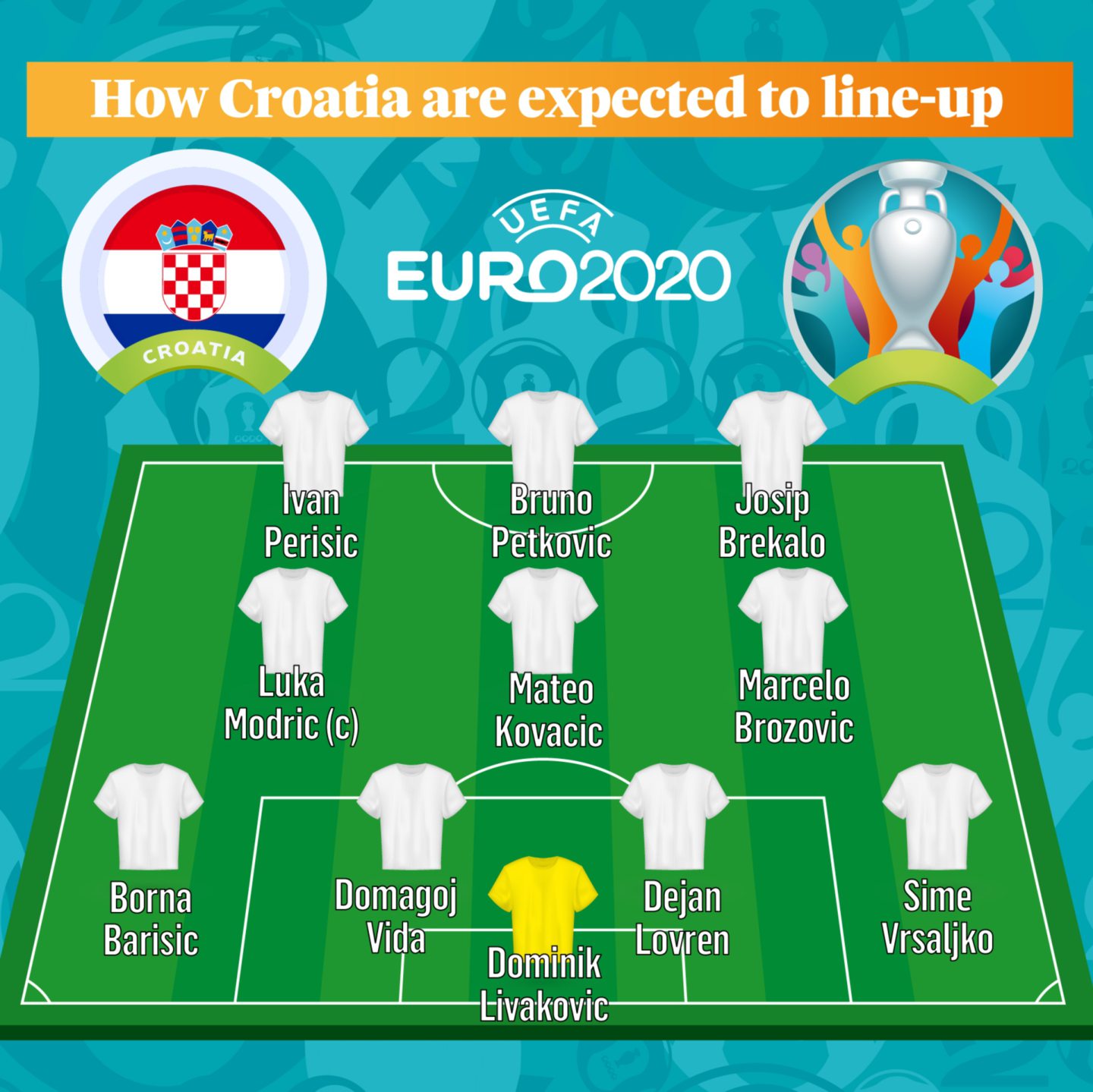
How did they get here?
While their qualifying campaign was a success, Scotland will take confidence from the fact the Croatians kept just two clean sheets in eight matches.
They followed up an opening-night 2-1 win over Azerbaijan in March 2019 by falling to Hungary by the same scoreline three days later.
It was 2-1 yet again in the June international break, this time in the Croats favour against Wales in Osijek.
Things seemingly picked up in the next match as a blistering second-half display saw Slovakia swept aside 4-0, but Dalic’s men came crashing back down to earth once more as Azerbaijan earned a 1-1 draw in their next outing.
Revenge was gained on Hungary in October 2019 as Modric and Petkovic (two) netted in a 3-0 victory in Split before a 1-1 draw against Wales in Cardiff took the group to a final-match decider against Slovakia.
Croatia’s profligacy in Cardiff prompted Dalic to say afterwards: “We weren’t very good going forward. We’re not very happy… the last qualifier is a deciding one for us now.”
They did, eventually, get the job done.
The Croats dominated the match — registering 65% possession, more than 20 shots on goal and 15 corners — but Slovakia gave them a scare by going ahead just after the half-hour mark before a second-half treble salvo from Vlasic, Petkovic and Perisic secured top spot.
Between then and now was a Uefa Nations League campaign which resulted in one win and five losses from six matches.
👋 Welcome @ScotlandNT to the #EURO2020 Group D!
🇭🇷🤝🏴 Looking forward to an exciting encounter on 22 June! #Vatreni🔥 pic.twitter.com/cNb0MUyDwg
— HNS (@HNS_CFF) November 12, 2020
The level of opposition — France, Portugal and Sweden — was undoubtedly greater than in their qualification group, but that inability to keep the back door shut remained regardless; Dalic’s men registered no clean sheets and conceded three or more goals in half of their matches.
Similarly, they slumped to a 1-0 loss away at Slovenia to start the recent batch of 2022 World Cup qualifiers. Two clean sheets in a row against Cyprus and Malta followed, but that does not, you feel, constitute much of an upward trajectory.
Croatia drew 1-1 with Armenia in their first pre-tournament friendly on June 1 before losing 1-0 to Belgium on June 6.
They open Group D against England at Wembley on Saturday June 13 (2pm). A day later, Scotland take on the Czech Republic at Hampden (2pm).
Expert’s view
“Croatia have lost a lot of good players (such as Rakitic, Vedran Corluka and Danijel Subasic), but even without them the squad is still very good and we have talent coming through.
“Our Nations League campaign wasn’t something to cheer about. We put up a good fight against France in both matches, but our defence is so error-prone it could cost us big time this summer.
“Heading into the Euros we have lost to Slovenia and struggled against Cyprus. But if the players find the same passion that they had in Russia, we could be in for a good result.
“The group is tricky. Scotland and the Czech Republic are very different opponents, so I’ll be intrigued by how we prepare. Most Croats look at Scotland and just see Scott McTominay and Andy Robertson. That could cost us if our manager and players look at them the same way.
“I expect us to finish second in the group behind England and go to the quarter-finals minimum.”
Squad list
Goalkeepers: Dominik Livakovic (Dinamo Zagreb), Lovre Kalinic (Hajduk Split), Simon Sluga (Luton).
Defenders: Sime Vrsaljko (Atletico Madrid), Borna Barisic (Rangers), Duje Caleta-Car (Marseille), Dejan Lovren (Zenit), Josip Juranovic (Legia Warszawa), Domagoj Vida (Besiktas), Josko Gvardiol (Leipzig), Domagoj Bradaric (LOSC Lille), Mile Skoric (Osijek).
Midfielders: Mateo Kovacic (Chelsea), Luka Modric (Real Madrid), Marcelo Brozovic (Inter Milan), Milan Badelj (Genoa), Nikola Vlasic (CSKA Moskva), Mario Pasalic (Atalanta), Ivan Perisic (Inter Milan), Josip Brekalo (Wolfsburg), Mislav Orsic (Dinamo Zagreb), Luka Ivanusec (Dinamo Zagreb).
Forwards: Ante Rebic (AC Milan), Bruno Petkovic (Dinamo Zagreb), Ante Budimir (Osasuna), Andrej Kramaric (Hoffenheim).
Statistics referenced in this article are from Opta, Transfermarkt and Soccerway.
